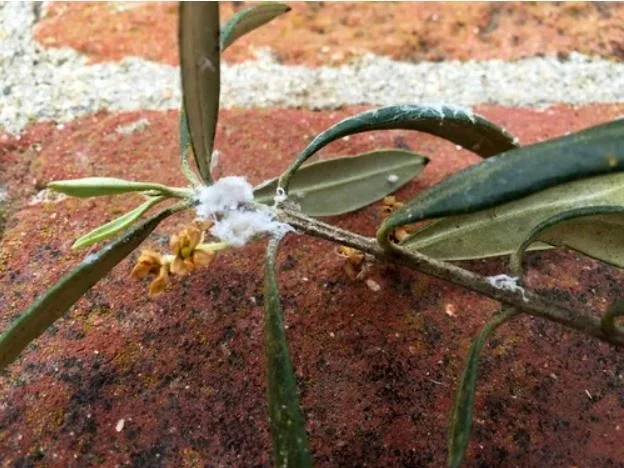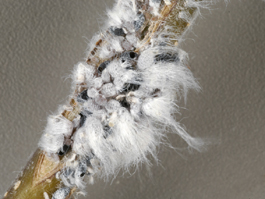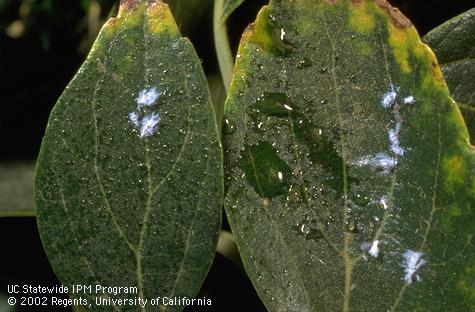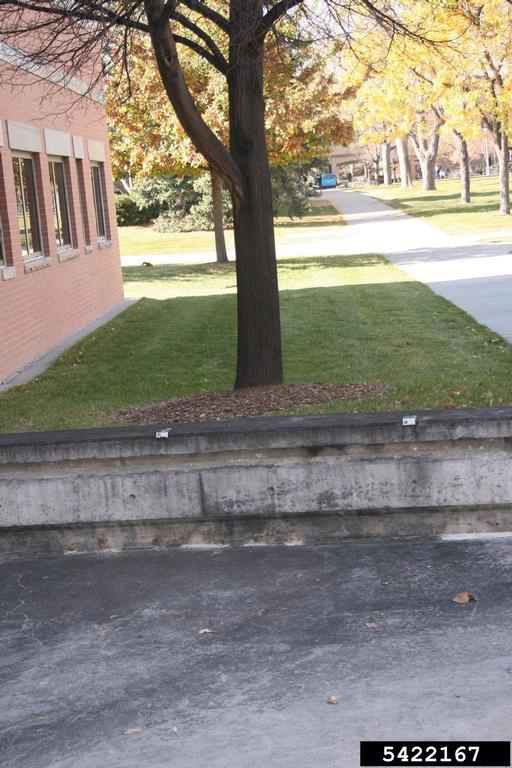
Wooly Aphids are a Pesky Problem
The most common insect in the landscape are aphids. Most plants get attacked at one time or another by one of the many species of aphids that arrive every spring. But a lesser know and sometimes misidentified relative is the woolly aphid.
Much like other types of aphids, these plant juice-sucking insect pests are fairly small. However, woolly aphids, which are green or blue, also appear fuzzy due to the white, waxy material that covers their body. These pests generally use two hosts: one for overwintering and laying eggs in spring, and one for feeding in summer. There are many types of woolly aphids, but the two most common we see are the Hackberry woolly aphid and the Woolly apple aphid. The hackberry woolly aphid is typically found mostly on Hackberry trees and by the end of the summer, their sticky mess below a large hackberry is impossible to miss.
 |  |

The Woolly apple aphid is prevalent on many tree species besides apples, and will also cause a sticky mess, distorted leaves and can stunt a plant when allowed to go unchecked. Woolly aphid insects generally feed in groups. They can be seen feeding on foliage, buds, twigs and branches, bark, and even the roots. Damage may be recognized by twisted and curled leaves, yellowing foliage, poor plant growth, branch dieback, or the development of cankers and galls on limbs or roots. Wax accumulation is sometimes seen as well, along with the sweet, sticky residue known as honeydew. In addition, plants may become covered with sooty mold, an unsightly black fungus that resembles soot.
We have found prevention treatments work the best, but an early rescue combined with a preventive treatment will reduce the problem quickly and still protect the tree for the rest of the growing season. If you suspect you have a woolly aphid problem, contact your Arborwell arborist for an inspection and treatment plan.
aphids, hackberry wooly aphid, wooly aphid, wooly apple aphid